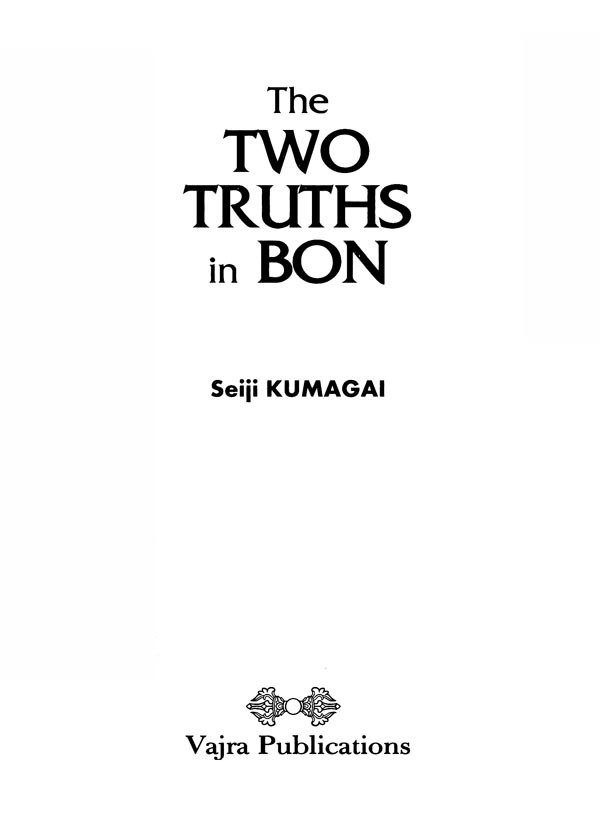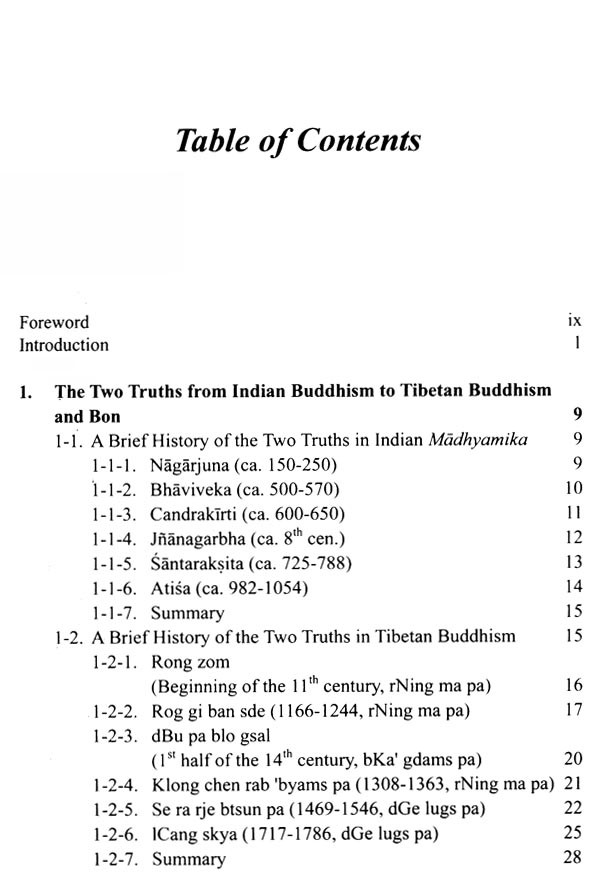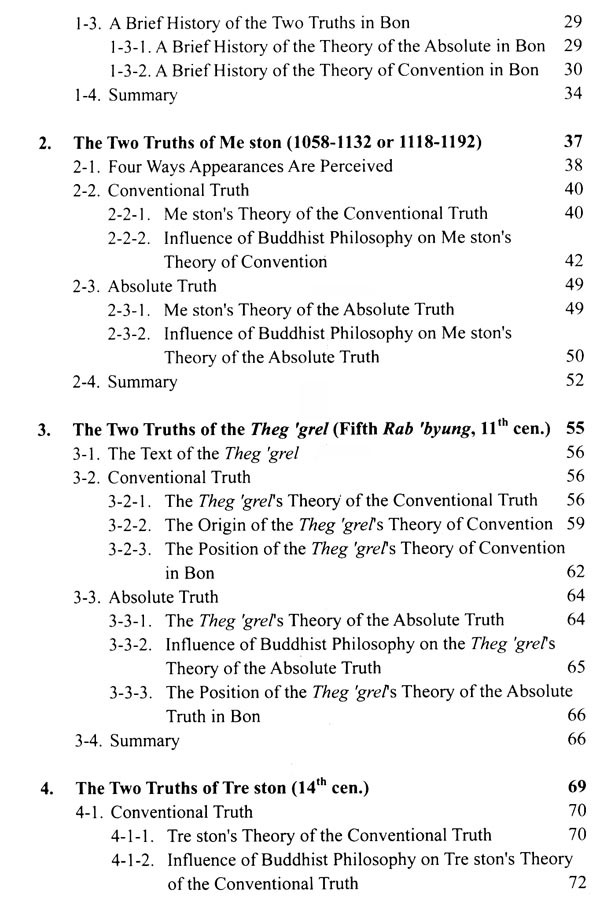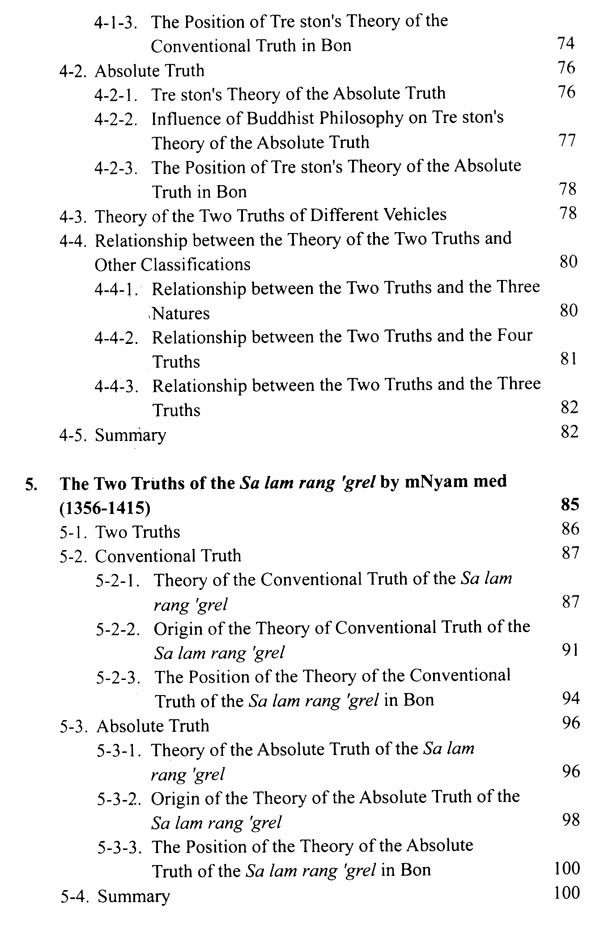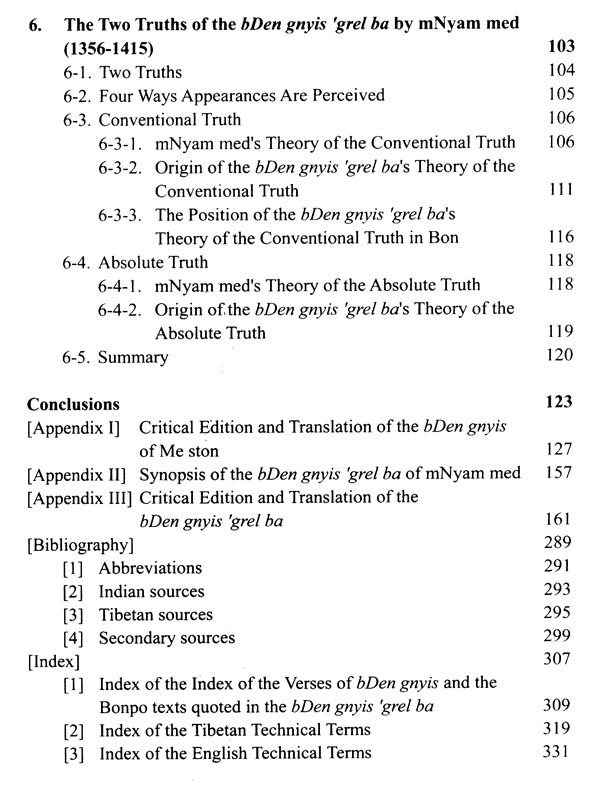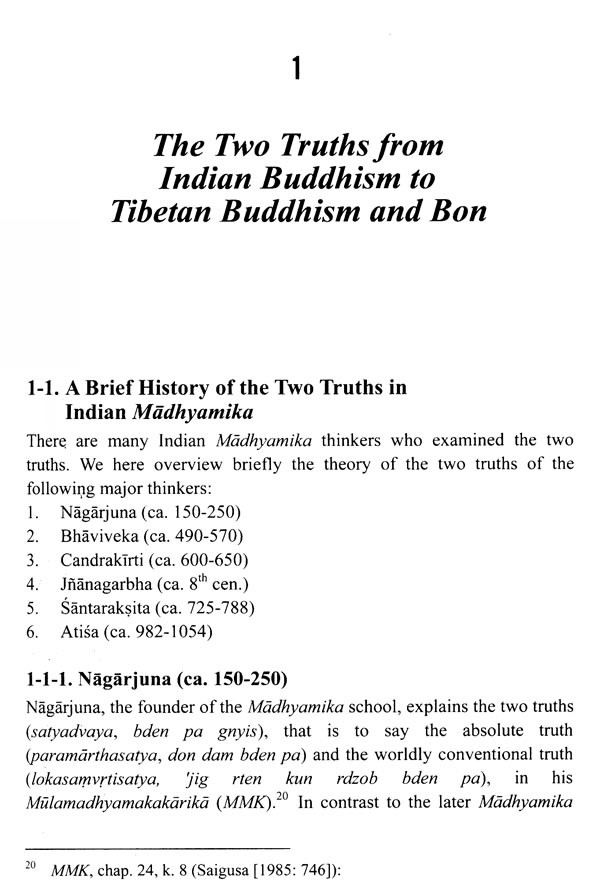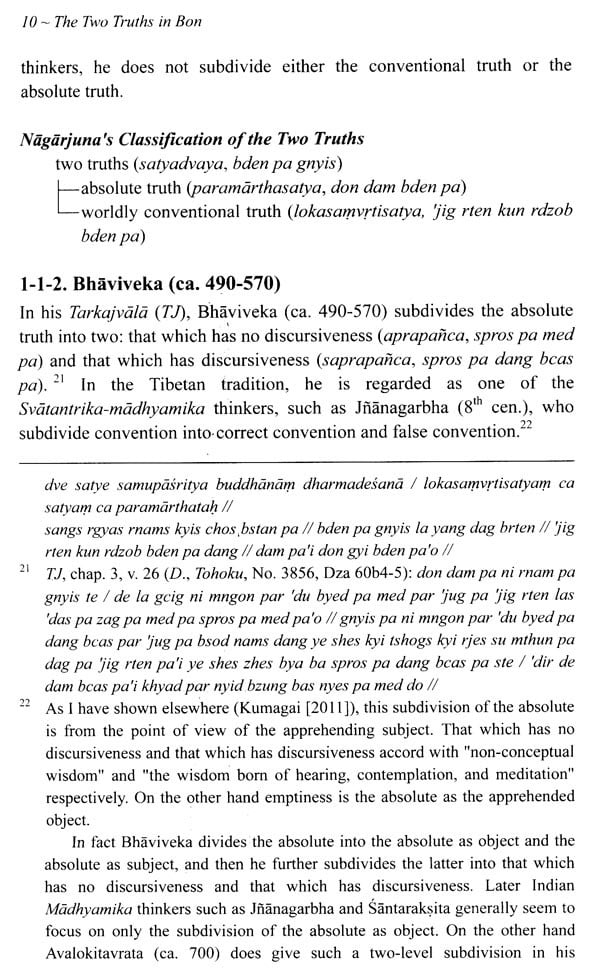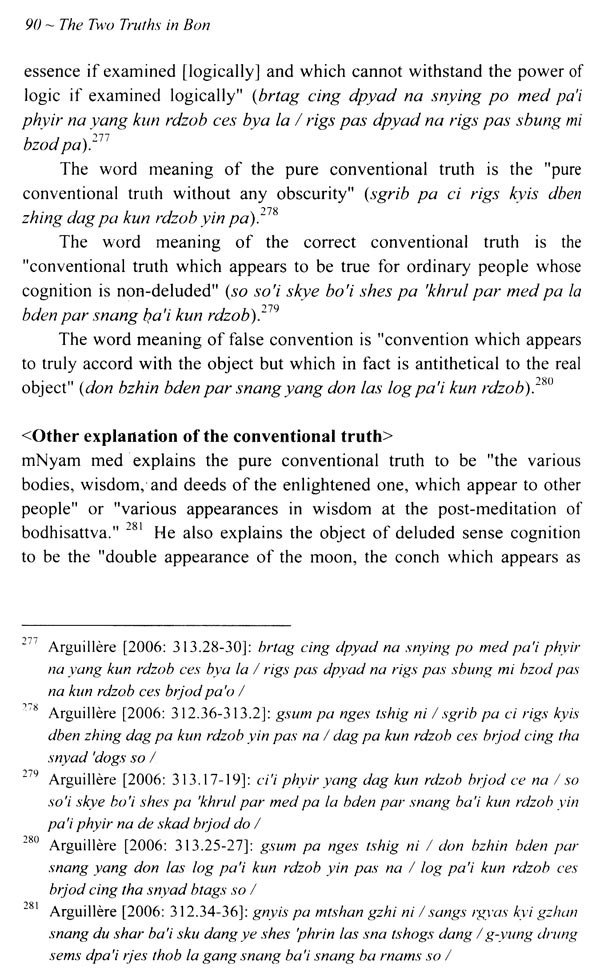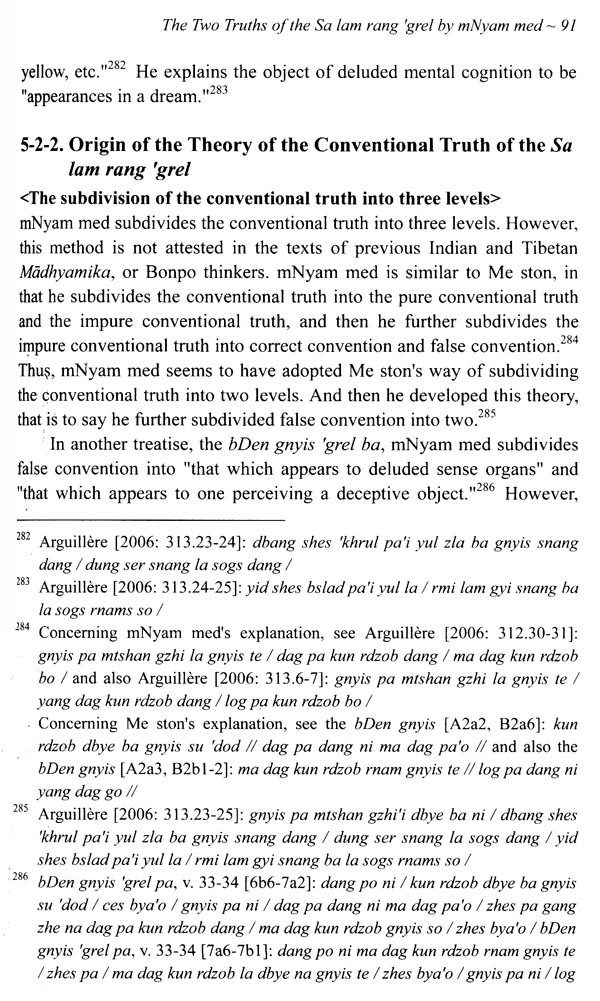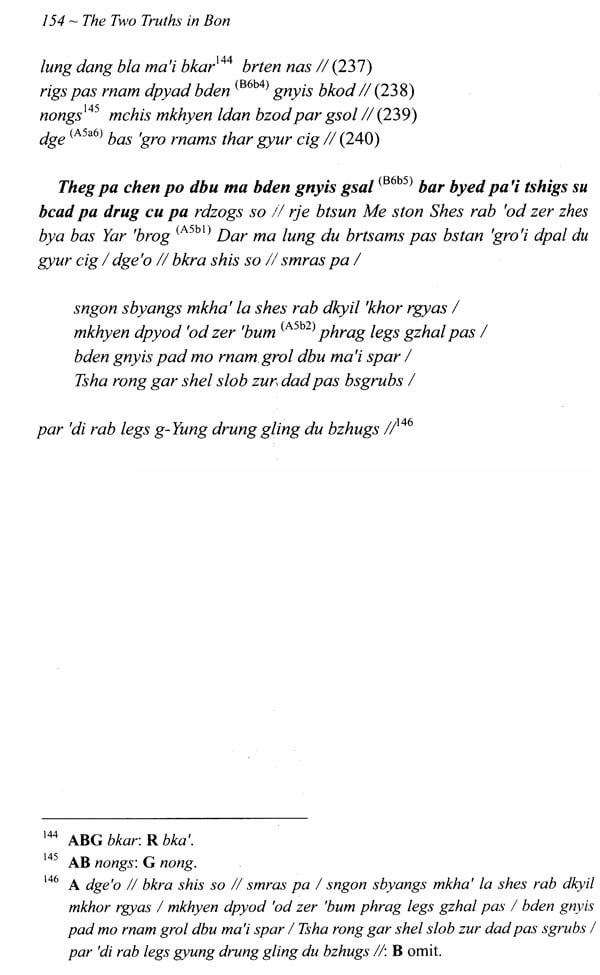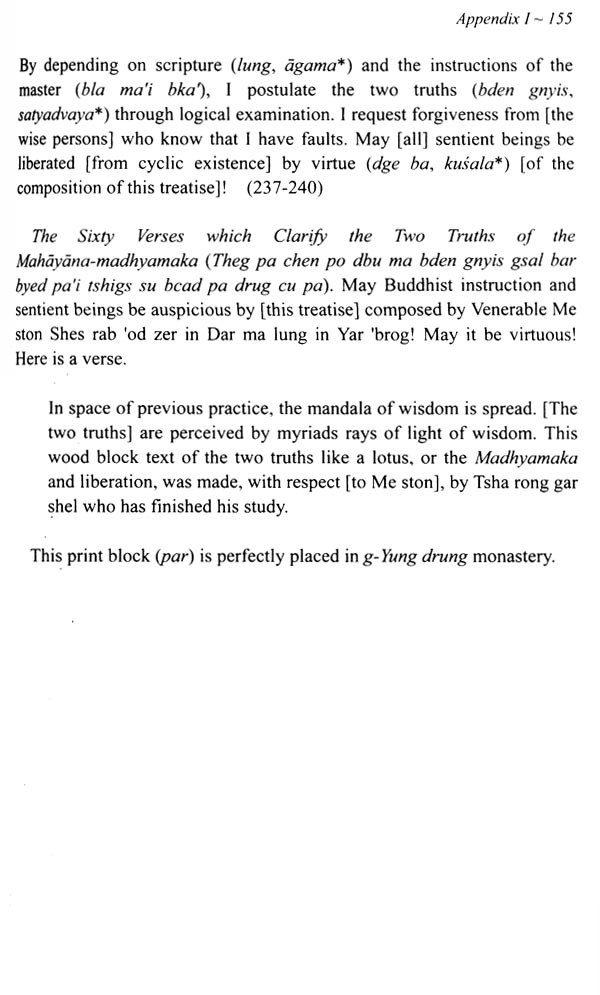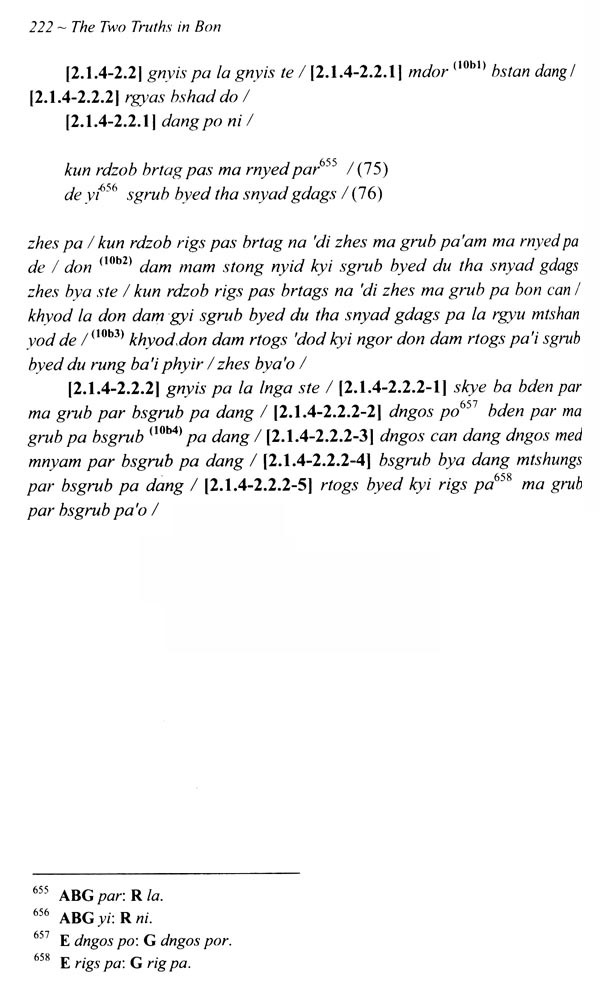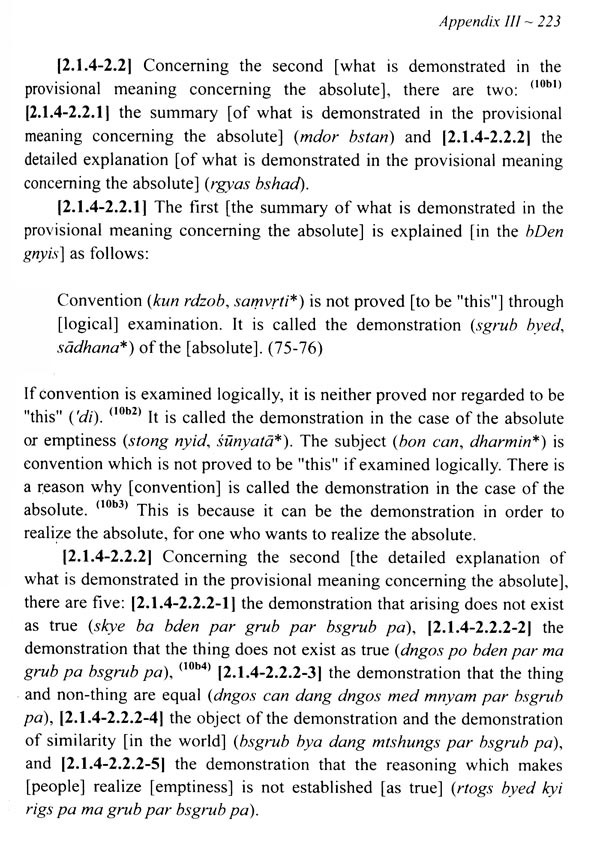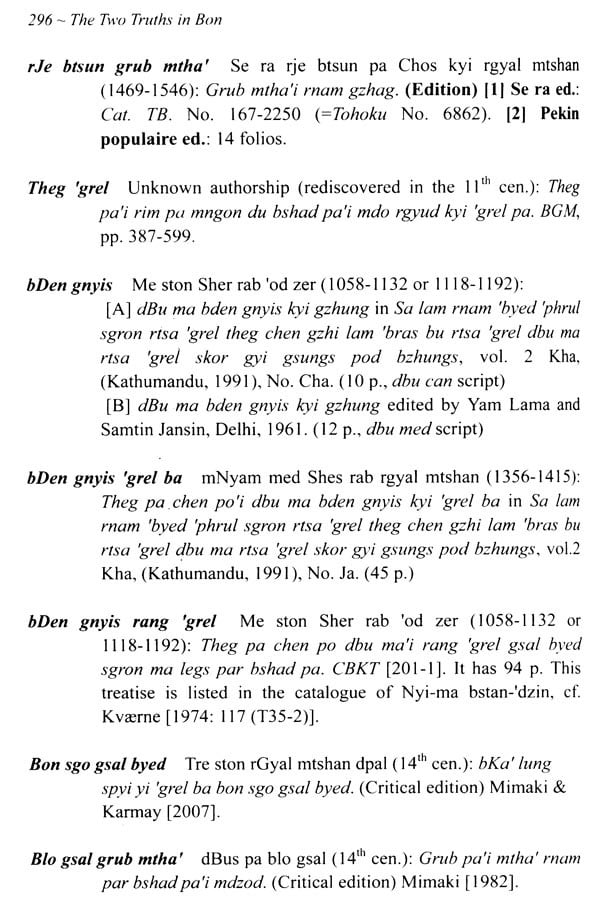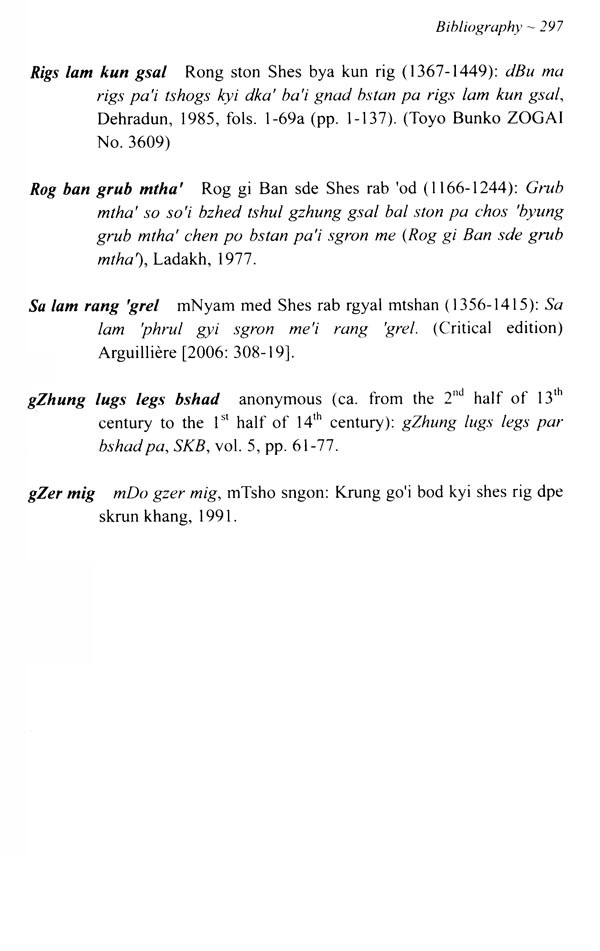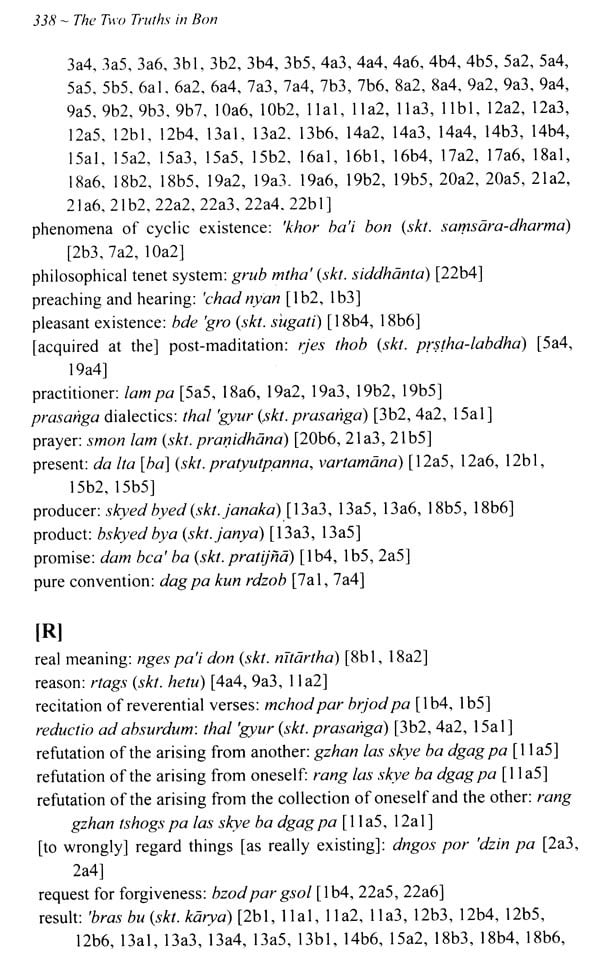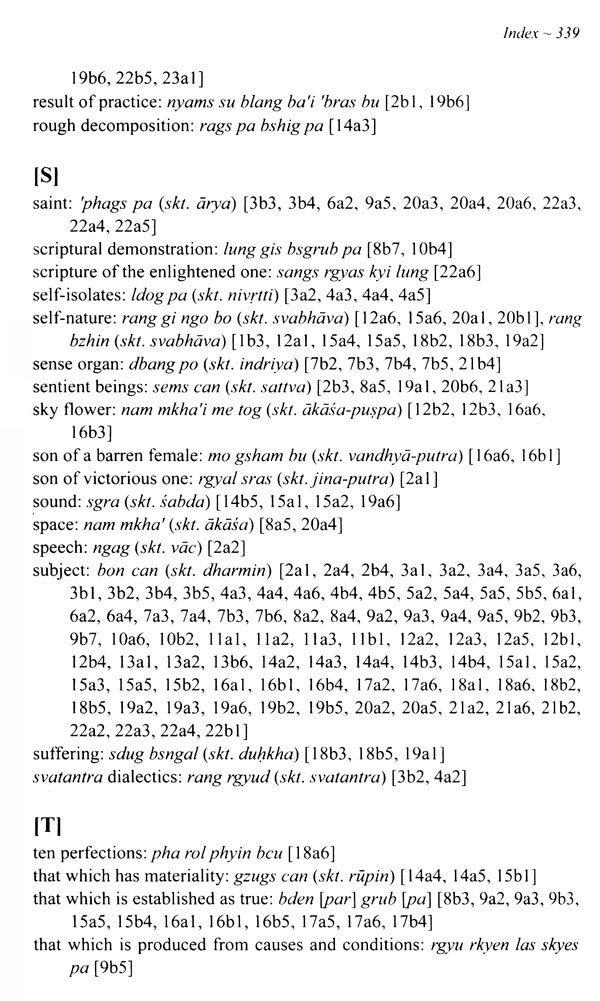
The Two Truth in Bon
Book Specification
| Item Code: | AZG887 |
| Author: | Seiji Kumagai |
| Publisher: | VAJRA PUBLICATIONS, NEPAL |
| Language: | ENGLISH |
| Edition: | 2011 |
| ISBN: | 9789937506601 |
| Pages: | 348 |
| Cover: | PAPERBACK |
| Other Details | 8.50x5.50 inch |
| Weight | 410 gm |
Book Description
In the Introduction of The Two Truth in Bon, Seiji Kumagai provides an overview of the general history of the two truths in Indian Buddhism and Tibetan Buddhism. This is also helpful to understand how Bonpo thinkers were influenced by Buddhist doctrine and how they have created religion. their own theory.
In recent years, enormous effort has been made to clarify what Bon religion is. Although the research basis was successfully established to some extent, precise analyses of Bonpo doctrines still are far behind those in Buddhism. In this context, Dr. Seiji Kumagai's careful analysis of Bonpo Two TRUTHS theory, that is the basis of Madhyamika philosophy. makes a great contribution along Snellgrove's claim.
This volume, the first comprehensive study on that topic written in English, will give a strong impetus to further study of Bon Prof. Nagano Seiji Kumagai is Assistant Professor of Young Researcher Development Center (Hakubi Center) at Kyoto University. His speciality is Madhyamika philosophy of Indian, Tibetan, and Chinese Buddhism and also Bon religion.
Bonpo thinkers were influenced by Buddhist doctrine and how they have created religion. their own theory.
The Bon tradition of course derives its inspiration of this philosophy from Buddhism. The Yogacăra Madhyamaka was introduced into Tibet by Santarakṣita in the eighth century A.D. It was the main philosophy in Buddhist institutions such as bSam yas Monastery. Until the advent of the Präsangika Mädhyamika school in the eleventh century with the translation of the Madhyamakavatära of Candrakirti by Pa tshab Lotsawa Nyi ma grags (b.1055), the Yogacara Mädhyamika school was prevalent in Tibet.
However, the dbu ma philosophy of the Bon tradition originates from Me ston Shes rab 'od zer (according to the Bon chronology, his dates are 1055-1132, but Dan Martins proposes 1118-1192). His dBa ma bden gnyis was the first of its kind in the Bon religious movement, but it was only about two centuries later that a commentary of it was written by mNyam med Shes rab rgyal mtshan (1356-1415). Seiji Kumagai has also made an English translation of this commentary which is regarded as the main work for teaching the dbu ma philosophy in Bon monasteries.
**Contents and Sample Pages**
